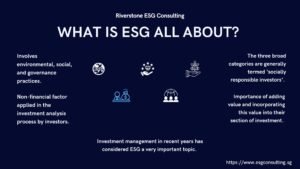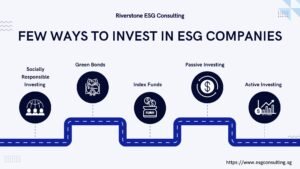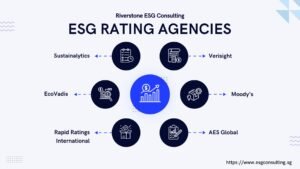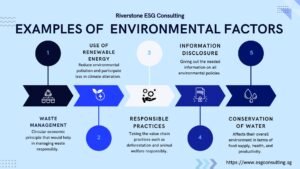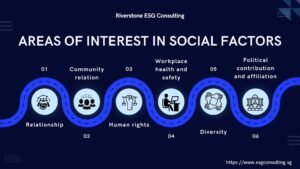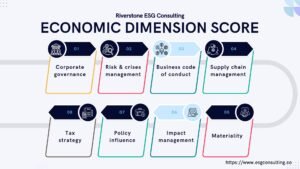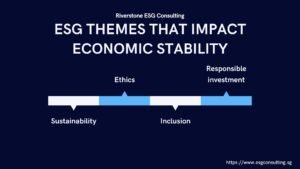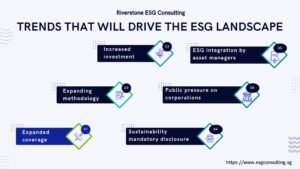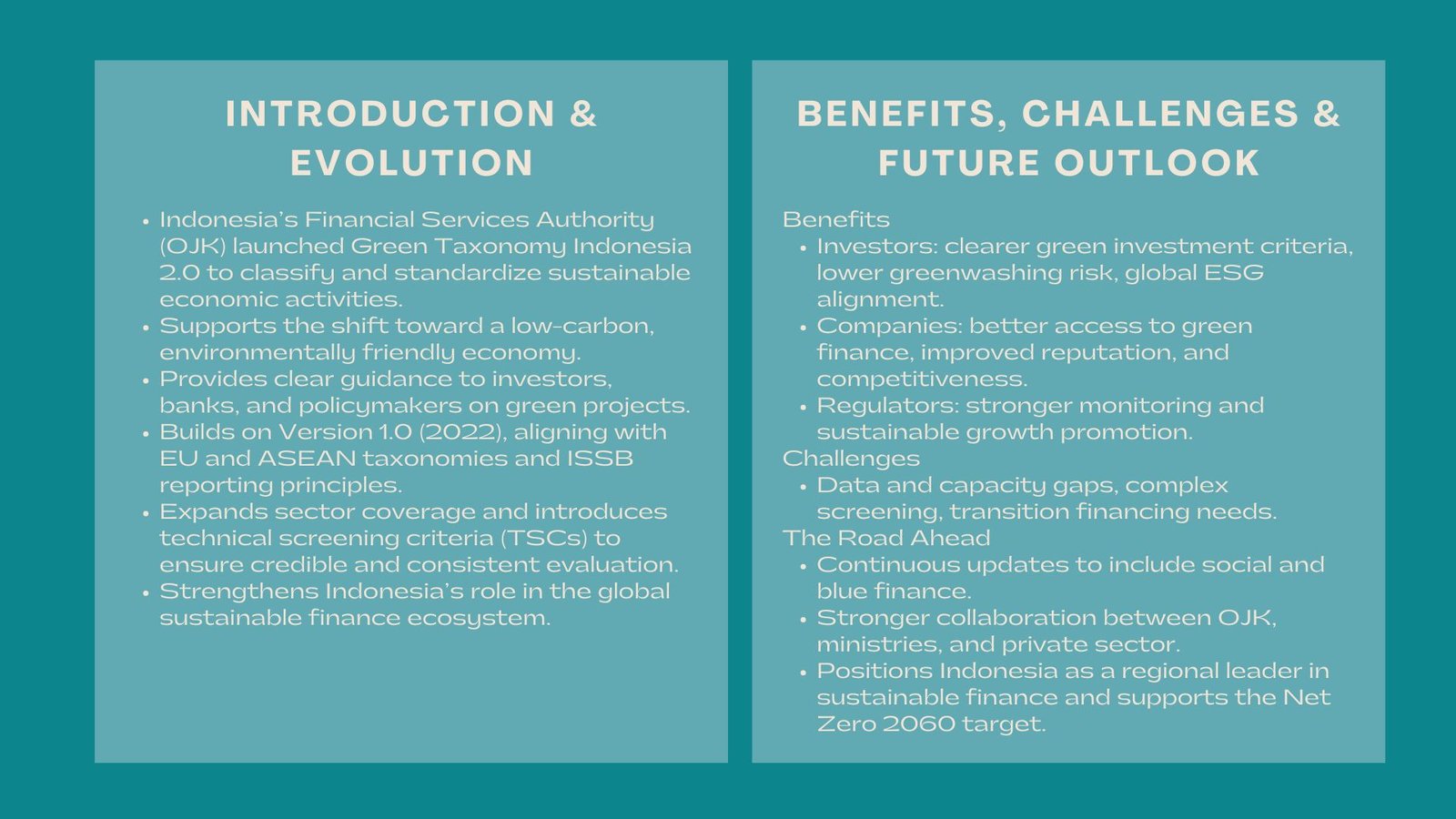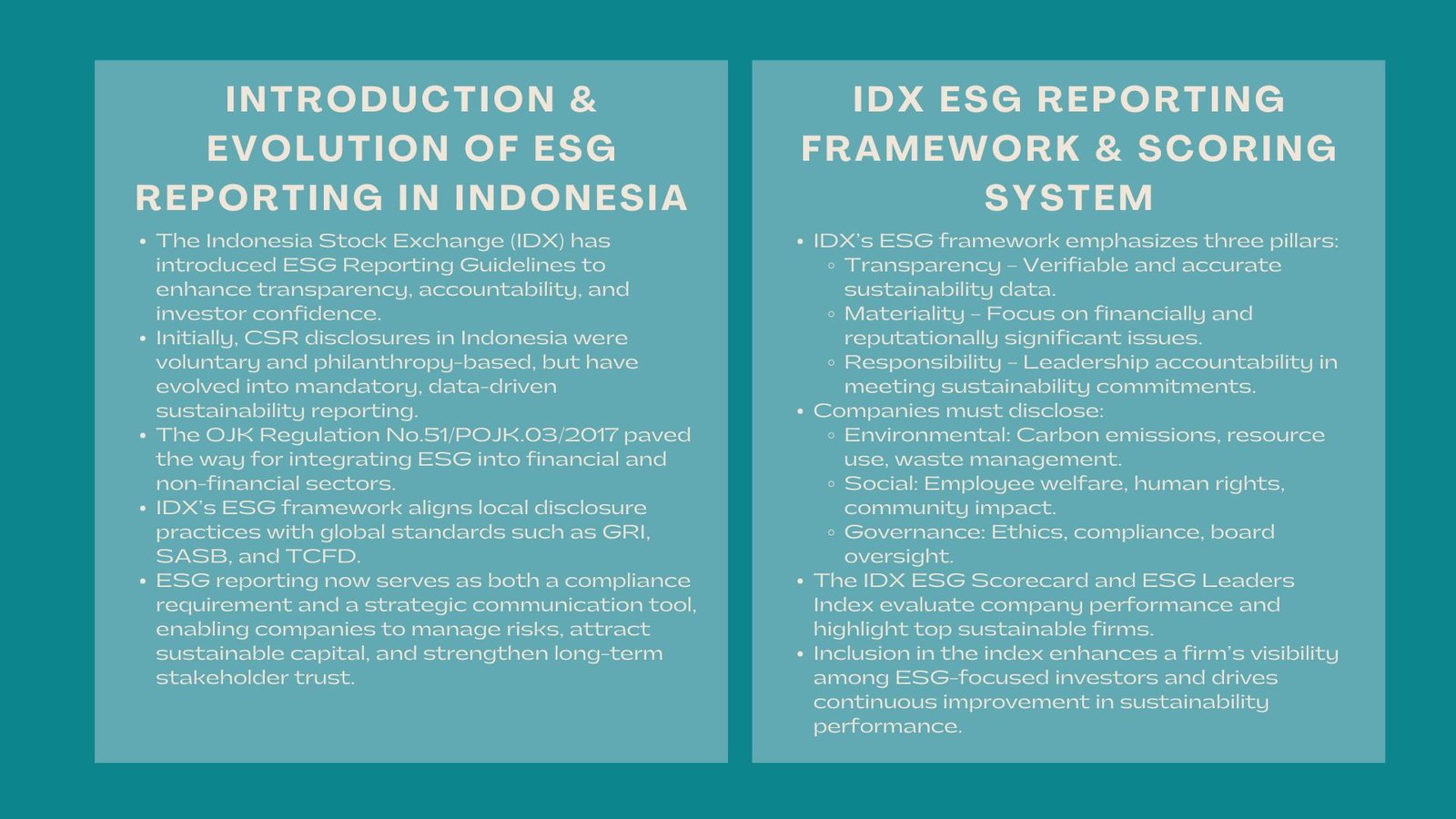How ESG Consulting Evaluates Investment Risks
Introduction
The 2025 investment decision-making would need a more focused consideration of sustainability than any time before. With an increasingly connected financial market in Singapore and Malaysia, as well as in the broader Southeast Asia region, investors are becoming aware that the sustainability performance has a direct effect on the portfolio resilience. Non-observance of environmental, social and governance risks not only jeopardizes long-term returns but can also expose itself to reputational, regulatory as well as operational shocks.
Riverstone ESG Consulting has become a reliable ally to investors and asset managers who are trying to manoeuvre through this complicated landscape. Knowing both the world of financial markets and the ESG standards, Riverstone offers a multipurpose way of defining ESG risks and helping clients to empower building a portfolio, improve compliance, and reveal new value opportunities, as highlighted by the certified ESG course Singapore Riverstone experts program.
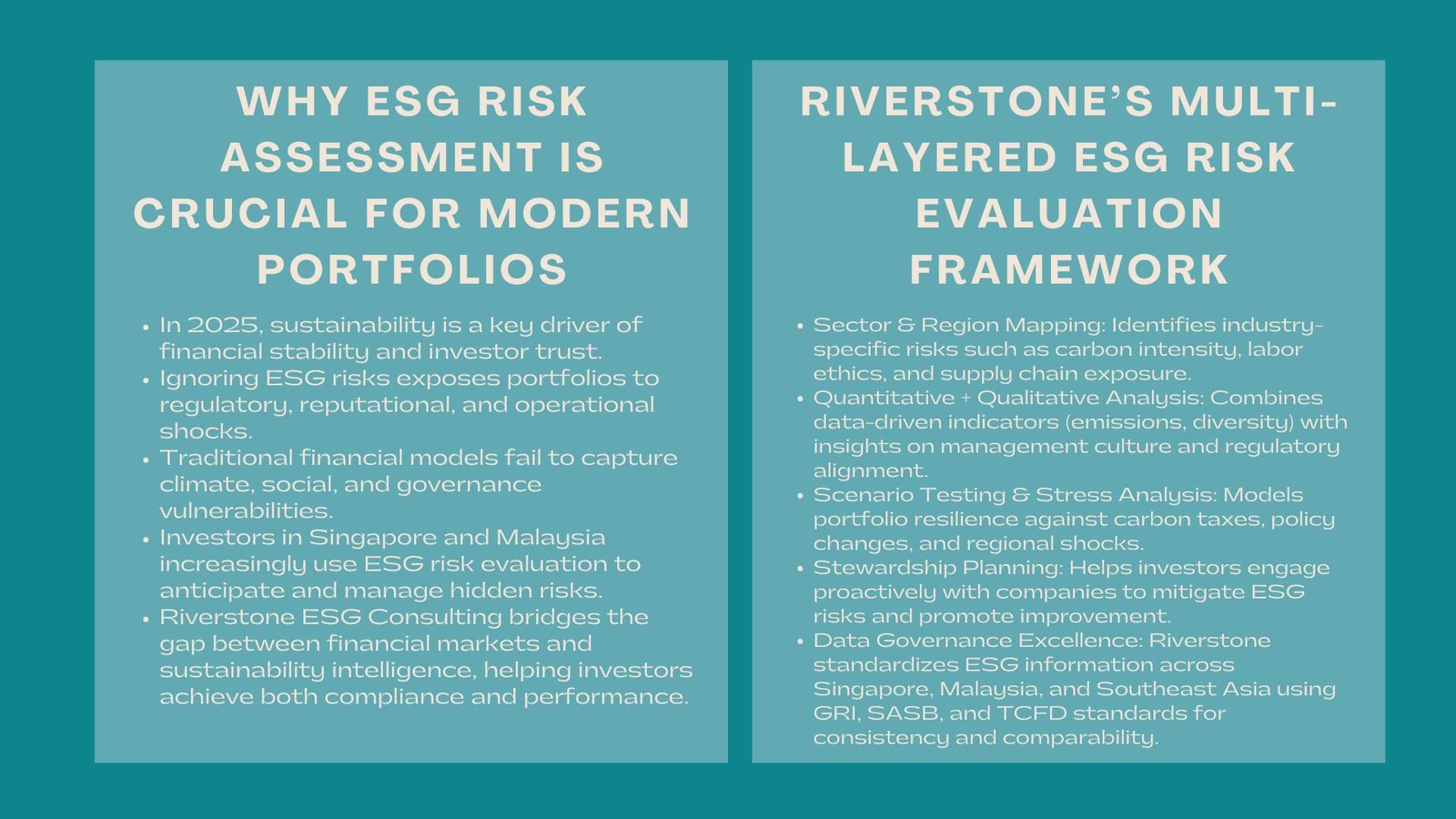
The Increasing Significance of ESG risk assessment in Portfolios.
Standard financial risk models do not generally capture risks that are related to ESG, and these risks may have a substantial impact on asset value. An example of these is the climate change, which poses both transition risks (regulatory carbon costs) and physical risks (flooding which impacts on asset performance). Social problems, such as labor rights or supply chain ethics may cause some unpredicted scandals that hurt the company reputation. Poor governance subjects companies to fraud, mismanagement or board of level wrangles which undermine the confidence of share holders.
Investors are therefore turning to ESG risk evaluation services for investment portfolios in Singapore and Malaysia to ensure they capture these hidden risks before they impact performance. Portfolio-level evaluation goes beyond screening individual holdings—it looks holistically at how risks accumulate, concentrate, or interact across sectors, geographies, and asset classes.
Riverstone’s Methodology: A Multi-Layered Approach
- Sector Region Mapping.
Riverstone starts with industry and geography specific materiality assessments. A Singapore car real estate holding could be vulnerable to carbon intensity and urban resiliency risks, and a manufacturing holding in Malaysia could be vulnerable to social risks related to labor practices and supply chains. Industry mapping: This is necessary to make sure that the risk valuation is not generic but covers the most topical sources of the possible financial impact.
- Combining Quantitative and Qualitative Knowledge.
Riverstone evaluations are based on quantitative data, e.g., carbon emissions, board diversity measurements, and supply chain disclosures. The company, however, also incorporates the qualitative analysis- management credibility, corporate culture and regulatory alignment- that cannot be entirely reflected in numbers alone. This bifurcated strategy helps clients to gain a better image of their ESG exposures.
- Senario Analysis and Portfolio Stress-Testing.
Riverstone uses scenario testing to form an idea of the way portfolios can respond to outside shocks. To give an example, the imposition of carbon taxes on the entire Southeast Asia at once, or the introduction of a new system of forced disclosures, can impact different holdings at the same time. Stress-testing models decide to replicate the same and inform investors about the areas and assets that are most vulnerable.
- Engagement and Stewardship Planning.
One of the peculiarities of the methodology of Riverstone is the focus on stewardship. After identifying risks, the firm assists the investors in developing the engagement strategies with the portfolio companies. Such proactive behavior can not only help investors to reduce the risks but also positively impact the positive ESG outcomes.
Addressing the Challenges of ESG Risk Data
Data Fragmentation Across Jurisdictions
Data inconsistency is one of the greatest problems that investors have. The level of ESG disclosures among Singapore listed Companies, Malaysian companies and other companies in the region vary widely. Riverstone fills these gaps by standardizing information between jurisdiction and by using global standards like GRI, SASB, and TCFD.
Using Self-Reported Information.
Disclosures that are made on corporate sustainability are usually partial or sugary. Riverstone uses other sources of data to supplement corporate reporting, in the form of satellite surveillance, third-party labor inspection, and AI-based media coverage, to confirm assertions, and identify risks that cannot be seen through official reports.
New Problems Lacking a Uniform Metric.
Other ESG issues, e.g. the loss of biodiversity or digital ethics, do not have standardized measures. Riverstone collaborates with investors to create proxy indicators that can be effectively assessed in even those areas where frameworks are under development. This makes portfolios be ahead of the curve on future ESG concerns.
Advantages to Investors and Asset Managers.
Increased Risk Management.
When using ESG information, investors minimize the risk of experiencing portfolio shocks. This will enable easier reverses and more resiliency particularly in unstable markets around the world.
Alignment with Global and Local Regulations
Regulators such as the Monetary Authority of Singapore (MAS) and Bursa Malaysia are tightening ESG reporting expectations. Investors that leverage specialized ESG consulting support for portfolio risk assessment in Southeast Asia ensure that their portfolios remain compliant with evolving requirements, reducing the risk of penalties or investor disputes.
Enhanced Stakeholder Confidence
There is an increasing trend in institutional investor, limited partner, and sovereign wealth fund requirements of evidence that the ESG risks are being actively managed. The risk assessment systems of Riverstone offer the transparency in reporting required to meet the stakeholders and appeal to new capital inflows.
Opening Faces to Opportunity Other than Risk Aversion.
The analysis of ESG risks is not solely defensive in nature, but also serves to uncover companies that are setting themselves well to be in the low-carbon socially responsible economy. This intelligence can be used by investors to re-allocate capital to innovators, exposing them to growth themes in the long-term.
Case Study: South East Asian Practical.
Riverstone was approached by a mid-sized Singapore based private equity fund to audit its portfolio which comprised of energy, consumer goods and logistics firms in Malaysia and Indonesia. The preliminary examination indicated a high level of exposure to carbon-based manufacturers of the energy sector and lax labor management in the consumer goods manufacturing sector.
The RS team did extensive mapping of materialities, portfolio resilience to the regional prices on carbon and audited supplier practices using third party audit data. The results led the fund to make changes to its portfolio by:
- Minimizing high risk suppliers.
- Increasing investment in the logistics companies with advanced decarbonization roadmap.
- Initiating customer interest programs with consumer goods companies to enhance labor protection.
The fund not only minimized risk exposure but it also increased investor confidence, getting global LPs that had ESG integration requirements to commit to it within 18 months.
The Future Strategic Roles of ESG Risk Evaluation in 2025.
The ESG risk evaluation has become a must as sustainability keeps taking center stage in the investment agenda of the world. To investors in Singapore and Malaysia, the implementation of ESG risk assessment in portfolio management is fast turning out to be a condition of entry to capital and securing of mandates and staying competitive.
Riverstone ESG Consulting has established itself as a prominent player in this game, providing subtle and feasible services that combine the two aspects, one being financial returns and the other being sustainable responsibility.
Conclusion: How ESG Consulting Evaluates Investment Risks
The assessment of ESG risks in investment portfolios has come to the forefront of long-term value-generation and resiliency. Regulatory frameworks are becoming stricter, stakeholder expectations are increasing, and sustainability trends are redefining industries, and investors cannot make any investments without a blind spot in their ESG analysis. Riverstone ESG Consulting offers the knowledge, data solutions, and advisory models that can be used to recognize, evaluate, and mitigate these risks. Through collaboration with a specialist such as Riverstone, Singapore, Malaysian, and Southeast Asian investors can make ESG risk assessment a source of competitive advantage, which not only guarantees compliance but also performance in a market that is becoming a sustainability-sensitive one.

